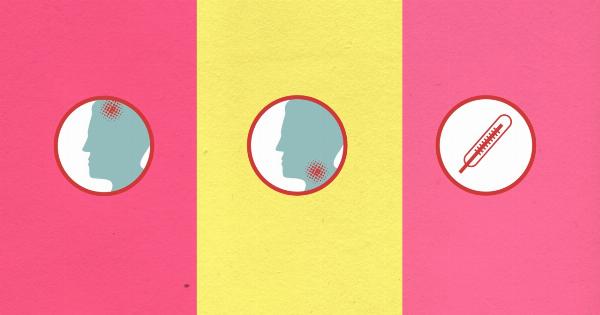Spending a day at the beach or walking barefoot on hot sand can be quite enjoyable, but it can also lead to painful sunburns and blisters.
The scorching heat from the sand can cause serious damage to our skin, leaving it red, irritated, and in need of immediate relief. In this article, we will explore various ways to soothe and heal burned skin caused by hot sand.
Understanding Hot Sand Burns
Hot sand burns occur when the skin comes into direct contact with scalding sand, typically on a sunny day or at a beach. The intense heat causes the skin to become red, swollen, and sensitive, with blisters potentially forming in severe cases.
The burns can be incredibly painful and may take several days or even weeks to heal.
Cooling the Burned Area
The first step in treating a hot sand burn is to cool the affected area. Immediate cooling helps to minimize the damage caused by the heat and provides instant relief to the burned skin. Here are a few methods to cool the burn:.
1. Cold Compress
Place a cold, damp towel or cloth on the burned area. This will help to reduce inflammation and relieve the pain. Ensure that the compress is not too cold to avoid further injury to the skin.
2. Cold Water Bath
Fill a bathtub or basin with cool water and soak the burned area for 15-20 minutes. Adding some baking soda or colloidal oatmeal to the water can provide additional soothing effects.
Applying Aloe Vera Gel
Aloe vera gel is a natural remedy well-known for its cooling and healing properties. It helps to reduce inflammation, relieve pain, and promote skin regeneration. Here’s how to use it:.
1. Extract Fresh Aloe Vera Gel
Cut open an aloe vera leaf and scoop out the gel using a spoon. Make sure to use the gel from a fresh leaf, as it is more potent.
2. Apply the Gel
Gently apply the aloe vera gel directly to the burned area. Be generous in your application, ensuring that the entire burn is covered with a thick layer of gel.
3. Repeat Regularly
Reapply aloe vera gel every few hours, especially if the skin feels dry or tight. Monitor the burn for any signs of infection and consult a medical professional if necessary.
Using Cold Milk
Cold milk is another readily available household ingredient that can help soothe hot sand burns. The protein and fat content in milk have a cooling effect on the skin and aid in its healing process. Follow these steps:.
1. Soak a Cloth in Cold Milk
Pour some cold milk into a shallow bowl and soak a clean cloth or towel in it.
2. Apply the Milk-Soaked Cloth
Gently place the milk-soaked cloth on the burned area and leave it for 10-15 minutes. Repeat several times a day for optimal results.
Moisturizing the Burned Skin
Keeping the burned skin moisturized is crucial for effective healing and preventing peeling or flaking. Consider the following steps to maintain proper skin hydration:.
1. Use a Fragrance-Free Moisturizer
Apply a fragrance-free moisturizer that contains ingredients like ceramides, hyaluronic acid, or shea butter. These components help lock in moisture and promote skin repair.
2. Avoid Harsh Soaps
Opt for gentle, mild cleansers instead of harsh soaps that can strip the skin of its natural oils. Harsh soaps may further irritate the burned skin, delaying the healing process.
Preventing Infection
Preventing infection is vital for a speedy recovery from hot sand burns. Since the burned skin is more vulnerable, it is crucial to follow these precautions:.
1. Keep the Burn Clean
Ensure the burned area is clean by gently washing it with lukewarm water and a mild cleanser. Pat the skin dry with a clean towel to avoid irritation.
2. Protect with a Non-Stick Bandage
Cover the burned area with a sterile, non-stick bandage or a clean cloth to protect it from dirt and bacteria. Change the bandage regularly to maintain cleanliness.
3. Avoid Popping Blisters
Resist the temptation to pop any blisters that may have formed due to the burn. Popping blisters increases the risk of infection and slows down the healing process.
Seeking Medical Help
Although most hot sand burns can be treated at home, some cases may require medical attention. Consult a healthcare professional if:.
1. The Burn Is Severe
If the burn covers a large area of skin, is accompanied by severe pain, or shows signs of infection such as pus or increased redness, it is essential to seek medical help.
2. The Pain Is Unbearable
If the pain is excruciating or not subsiding even after following the aforementioned remedies, it is advisable to consult a doctor who can prescribe appropriate medication.
Conclusion
Hot sand burns can put a damper on an otherwise fun day at the beach. However, by taking immediate action and following the remedies mentioned above, you can soothe and heal your burned skin effectively.
Remember to stay vigilant and seek medical help if needed. With proper care, your skin will recover, allowing you to return to your favorite summertime activities without any discomfort or worries.































